The Australian Taxation Office (ATO) has confirmed that it will not take active steps to review non-commercial limited recourse borrowing arrangement (LRBA) loans prior to 30 June 2016.
Self Managed Superannuation Fund (SMSF) trustees are being encouraged to rectify their non-commercial LRBA loans by putting them on arm’s length terms by 30 June 2016. If that occurs then the ATO has confirmed that it will not actively review such non-commercial LRBA loans in prior years. Although not expressly stated on the ATO’s website, the ATO has indicated that such rectification does not need to be retrospective.





















